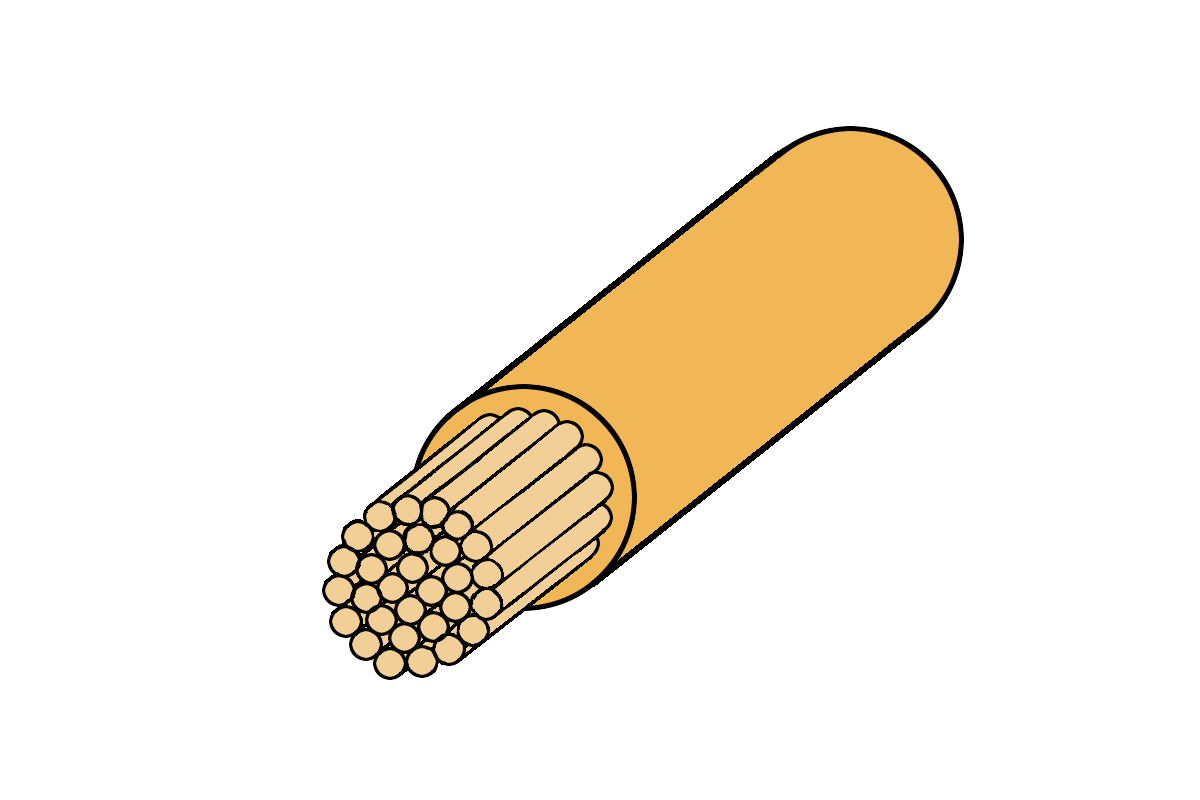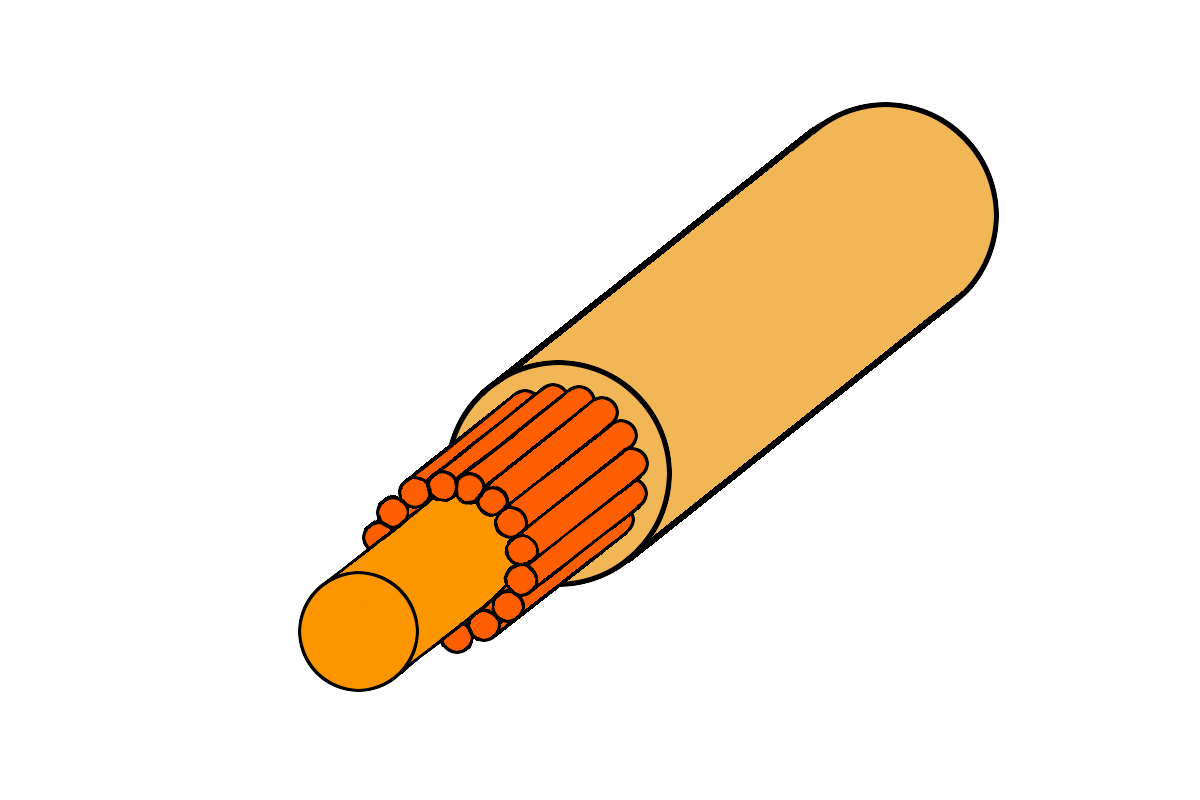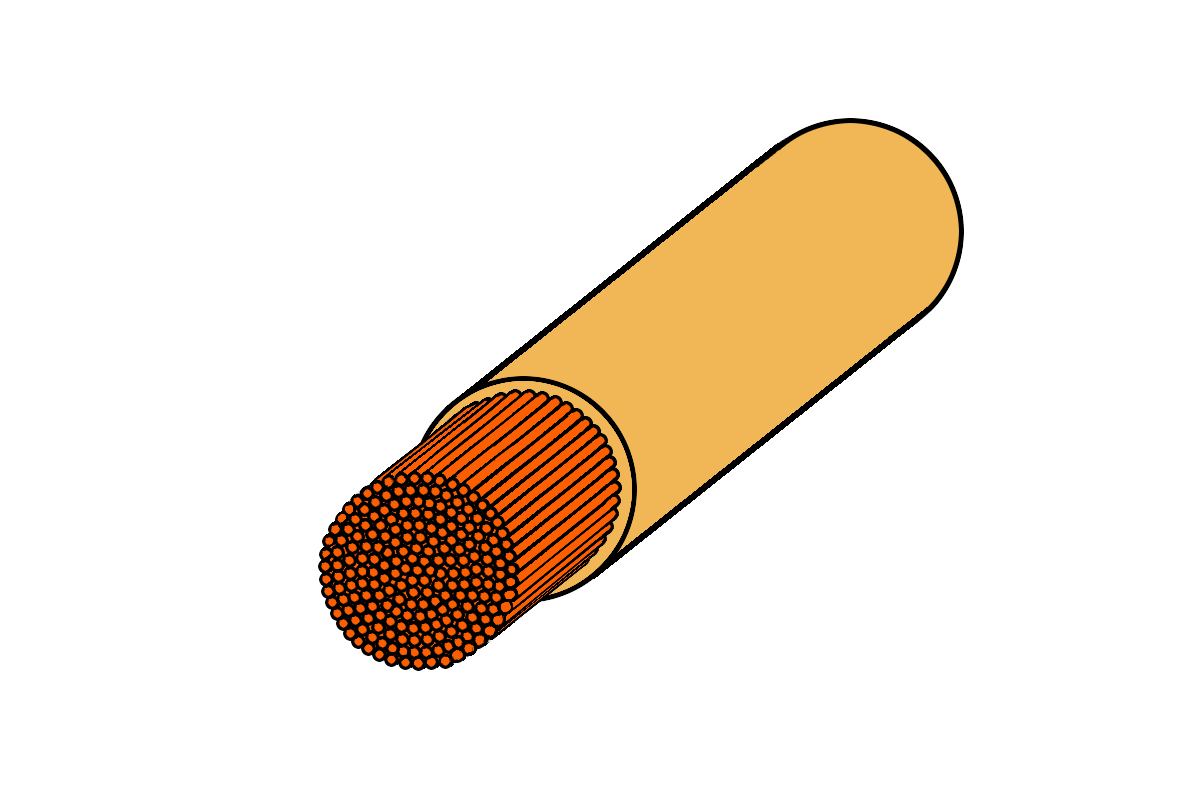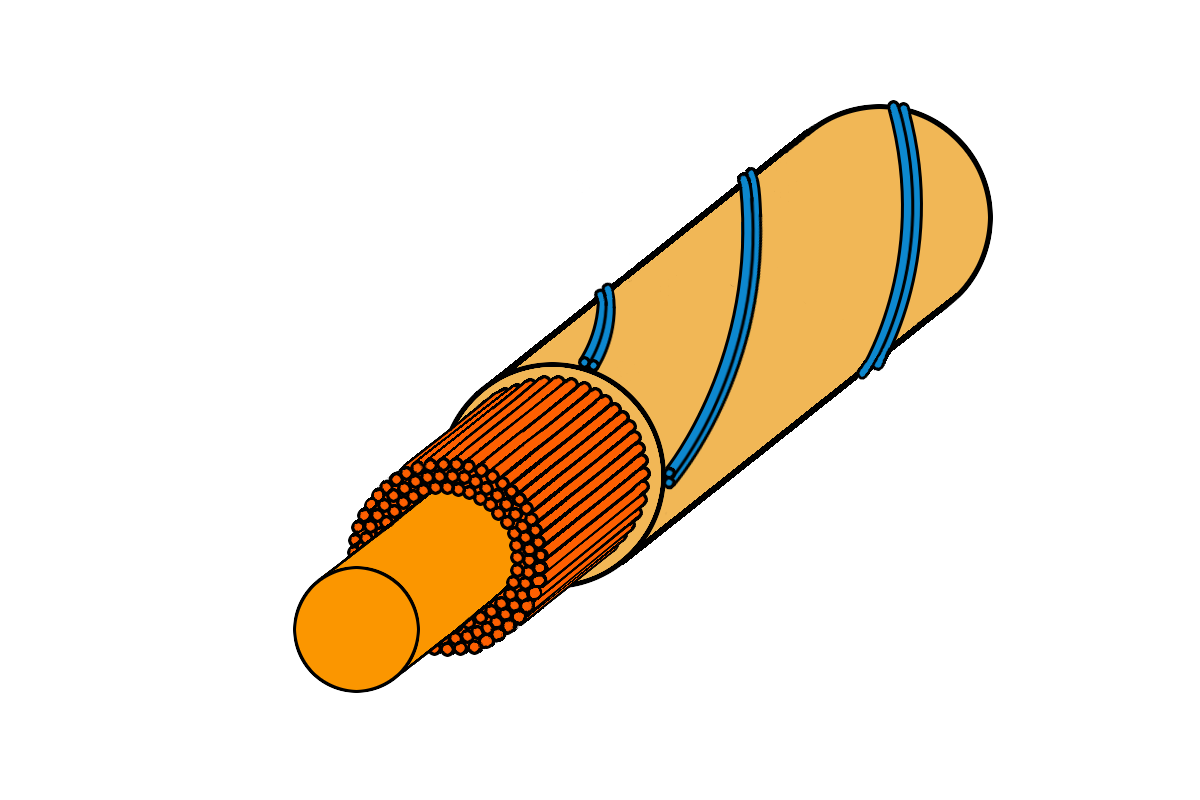How to Choose the Right Tennis Strings
The stringing is the heart of the tennis racket. The right stringing is one of the most important factors to show your best tennis on the court. The string has a major influence on the playing comfort and performance of your racket.
As with choosing the right tennis racket, the string must be individually adapted to your own playing style. Meanwhile there are many different string types and variations on the market.
It is very difficult to get an overview of the number of offers. Until now – because in this tennis string guide we have summarized all the important information for you.
In our 5 steps guide we show you how to find the right tennis string as easy and as fast as possible.
Contents
1. Types
2. Hybrid Stringing
3. Gauge
4. Tension
5. Restringing
1. Types
The choice of the string material is the first important step towards the right string. Since each material has a specific structure, there are pros and cons for each string. Basically you can choose between two different categories.
On the one hand there are the natural gut strings, which are made from real cow gut. On the other hand you can also use synthetic strings. Synthetic strings are made of different synthetic materials. With these strings there are also significant differences in the structure.
1.1 Natural Gut Strings

Natural gut strings offer you the best comfort. They are very elastic, which gives you very good acceleration and high spin. Strings made of natural gut are especially suitable for tennis players with arm problems, because they absorb vibrations very well.
However, natural gut strings are sensitive to weather conditions and break relatively quickly. The complex production process also makes these strings very expensive to buy.
1.2. Synthetic Strings
Nylon Strings

The most commonly used string material is nylon. More than half of all tennis players have their racket strung with nylon strings. Of the four materials, nylon is the cheapest option.
The string consists of a single-fibre nylon core, which is surrounded by several individual fibres and a protective layer. The great advantage of nylon strings is the balanced ratio of playing comfort to durability.
Although these strings are a little stiffer than natural gut strings, you still have solid stroke control and ball acceleration. Nylon strings are generally more durable than natural gut strings, making them ideal for tennis players with normal string wear.
Polyester Strings

If you have a high string wear when playing, you are best advised to use strings made of polyester. Polyester strings consist of a single strand and therefore have a long durability.
They also have a good price-performance ratio. Compared to natural gut or nylon, polyester is a very stiff material.
With these strings, you have relatively poor acceleration and more racket vibration. Here, you have to generate most of the acceleration with your own power. Therefore, polyester strings are more suitable for advanced tennis players.
Kevlar Strings
Kevlar strings have the highest durability. They are even stiffer than polyester strings and form a very hard string bed. For this reason, the comfort of hitting the ball is worst on a tennis racket with Kevlar strings.
When playing with Kevlar strings, the shock is so high that your arm and wrist are put under heavy strain. These strings are only suitable for very experienced tennis players. If you are a beginner or have arm problems, you should avoid this material.
Multifilament Strings

Multifilament strings come very close to the structure of natural gut strings. Here, hundreds of individual fibres (filaments) are assembled to form a strand and are covered by a resistant protective layer.
Like natural gut strings, multifilament strings are very gentle on the arms. In addition, you will have good acceleration of the ball with these strings. Another advantage is that they are slightly cheaper than natural gut strings.
So if you are looking for an alternative to natural gut strings, multifilament strings are perfect for you.
Structured Strings

These tennis strings have the special feature that their surface is not smooth. Some structured strings have additional fibres on the surface, which are twisted around the axis. But there are also other structural strings with an angular shape.
Due to the structure, the ball sticks longer to the strings, which allows you to give the ball more spin. You also have an excellent control with these strings. The downside is that the structure wears out quickly making the strings not so durable.
2. Hybrid Stringing
With hybrid stringing you combine two different string materials with each other. One material is used for the main stringing whereas the other strings are taken for the crosses.
In most cases you combine a flexible string (natural gut or nylon) with a stiff string (polyester or kevlar) to combine the advantages of both string types.
Since main strings are generally exposed to higher loads, they generally break faster than the cross strings of the tennis racket. We therefore recommend that you choose a stiff string for the mains and a flexible string for the crosses.
3. Gauge
Tennis strings are generally available in diameters ranging from 1.0 to 1.5 mm, with the vast majority of strings having a diameter between 1.2 and 1.3 mm. This range is suitable for the most tennis players. Comfort and durability are well balanced here.
If comfort is more important to you than the durability of the string, you can choose a thinner string. If you need a very durable string and can make sacrifices in playing comfort, a thicker string is the right choice for you.
When you buy a string, it is possible that the diameter is indicated on the packaging in the unit “gauge” instead of mm. You can use the table below to convert gauge to mm.
The more gauge a string has, the smaller the diameter of the string. Intermediate sizes are marked with the addition L (light). This means that a 16L size string is thicker than a 17 size string and thinner than a 16 size string.
| Gauge | Diameter in mm |
|---|---|
| 15 | 1.41 – 1.49 mm |
| 15L | 1.34 – 1.40 mm |
| 16 | 1.29 – 1.33 mm |
| 16L | 1.25 – 1.28 mm |
| 17 | 1.20 – 1.24 mm |
| 17L | 1.16 – 1.19 mm |
| 18 | 1.11 – 1.15 mm |
| 19 | 1.00 – 1.10 mm |
4. Tension
The string tension allows you to determine how tightly the strings are clamped into the racket. You can generally choose between soft and hard stringing.
String tension is measured in pounds and, like the string pattern, has a similar effect on the performance of the racquet. For better orientation, the manufacturer gives a stringing range in which the stringing hardness of the tennis racket is best applied (e.g. 45 – 50 lbs).
For a soft stringing, use a stringing hardness of less than 55 lbs. The softer the stringing, the greater the trampoline effect. This has a positive effect on power and spin. On the other hand, the trampoline effect reduces the control of the stroke.
If better control is important to you, then string your racket harder. A hard stringing starts with a string tension of 55 lbs.
Unlike soft stringing, harder stringing provides a stiffer string bed. Thus the trampoline effect is hardly present. The power and the spin potential are rather low, but in return you get a very good control on the shot.
Tip: Depending on the string material, we advise you to adjust the string tension. For example, if you choose a stiff material like Kevlar, you can reduce the stiffness by lowering the string tension.
5. Restringing
The stringing of your tennis racket is exposed to constant stress during the game and wears down step by step. If the string can no longer withstand the stress, it will break. In this case you will have to restring your racket.
However, we do not recommend that you finish playing the string and wait until it finally breaks. Instead, you should renew the stringing in regular intervals.
The basic rule is that you should string your racket as many times per year as you play tennis in a week. For example, if you play tennis three times a week, you should renew the strings at least three times a year, so about every four months.
The second factor to consider is your playing style. For example, if you play with a lot of spin, it can shorten the life of the string because the strings rub against each other more.
Another aspect is the tension of the string, which decreases over time. This also reduces control and playing comfort.
To check whether the string is still suitable for playing, pay attention to the sound of your tennis racket when hitting it. The higher the sound, the better the tension. If the racket sounds low and muted, you should change the string.
Tip: To increase the life of the string, try to keep your racket off the court away from strong sunlight, heat and humidity. This is especially true for natural gut strings. With sensitive strings we also advise you to use a racket cover.
When changing strings, the question arises whether you want to have your racket strung by a professional or whether you want to put your own hands on it. If you play tennis intensively, it can be worthwhile to string the racket yourself.
You want to know how to string your tennis racket? In our tutorial everything is explained step by step.